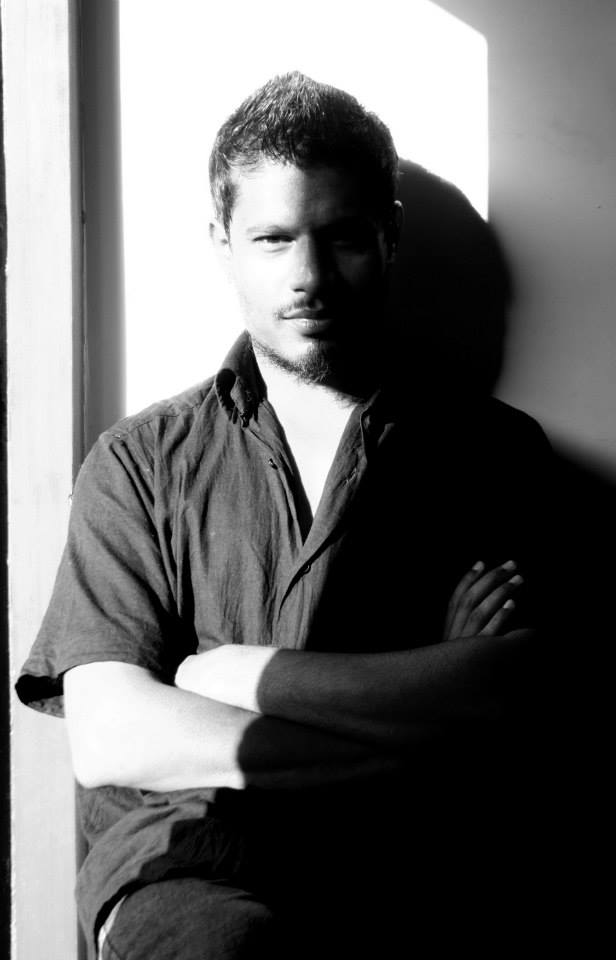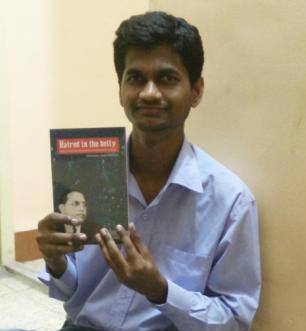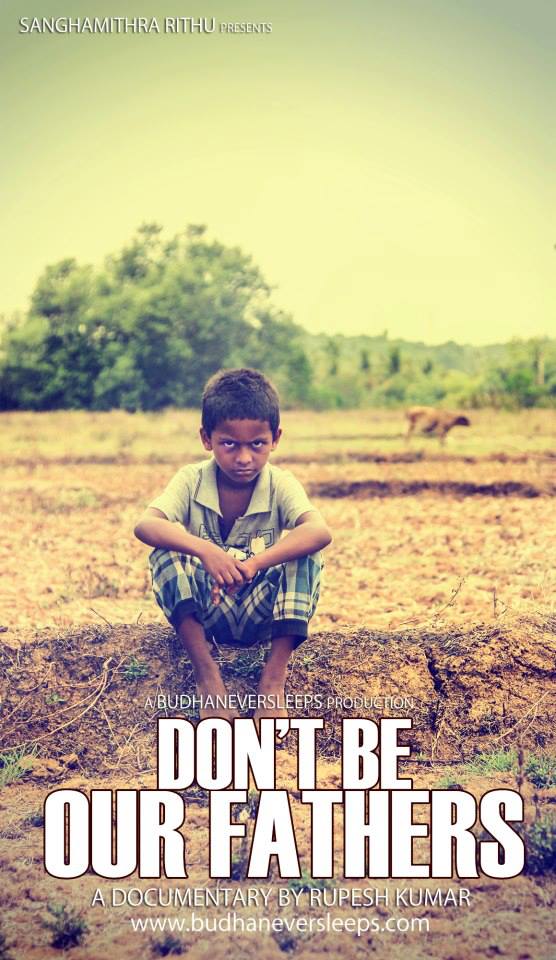Yogesh Maitreya
 In an idyllic Nagpur winter in 2011, a friend of mine who had spent a few years in England learning Buddhism and living like a Buddhist (now back in India), had recommended ‘The Romantics’, a novel by Pankaj Mishra, to me. The way he spoke about this novel, it was evident that the novel had had an influence over him. And that got me excited to read it. But in those days, I had no source of income and no savings. Howsoever reluctantly, I was still dependent on my parents for everything. I was continuing my studies, after intermittent gaps of confused years, and by then was fully convinced that I had to pursue education without investing my energies in earning money.
In an idyllic Nagpur winter in 2011, a friend of mine who had spent a few years in England learning Buddhism and living like a Buddhist (now back in India), had recommended ‘The Romantics’, a novel by Pankaj Mishra, to me. The way he spoke about this novel, it was evident that the novel had had an influence over him. And that got me excited to read it. But in those days, I had no source of income and no savings. Howsoever reluctantly, I was still dependent on my parents for everything. I was continuing my studies, after intermittent gaps of confused years, and by then was fully convinced that I had to pursue education without investing my energies in earning money.
The idea of buying a new book in those days was a task which brought in me both a sense of excitement as well as some secret shame. And yet till the end of my graduation in Nagpur, I continued hunting for books at cheap prices. Conspicuously, none of the books from the genre of English literature written by Indians of upper caste origin taught me any lessons on caste and how it has proliferated itself in new media. There was no mention of caste as a social issue in their novels and they were devoid of any awareness of caste privilege.
Somehow I managed to acquire the paperback edition of The Romantics from one of those bookstores, which seemed to stock nothing more than popular English Literature and that too largley bestselling novels which I find unbearable to read till date. All in all, it was hard to imagine that such bookstores would make space for vernacular literature in their shelves, let alone stock or even know about Dalit and Black literature. The novels written in English by Indians, which I had read during those three years of anxious reading, had almost suppressed my imagination and made me wonder whether caste even existed in India.
Back in 2011, before I was introduced to the caste consciousness of the Brahmin literary imagination, I had read Mishra’s The Romantics almost thrice. It soothed parts of my mind for two reasons: first, I had not yet developed a consciousness to see caste trajectories within the Brahmin literary imagination and secondly, those days were quite uneventful for me as I had no pursuits other than reading anxiously and waiting to be drenched with the literary imaginations of whatever I could get my hands on. I was hardly aware of the writer’s discriminatory stand in the novel in which a Brahmin character had been portrayed in sympathetic hues, tactfully concealing the sociological facts of Brahmin lives.
But in the middle of 2013, I revisited The Romantics, this time applying my logic with an enhanced knowledge of sociology, and the Brahmin literary imagination which is in constant contradiction with Dalit empricism (especially when it handles Dalit issues) and creates a dichotomy between the two. In the case of this novel, this dichotomy is weaved through subtle fabrics of the Brahmin imagination.
Mishra’s The Romantics is one of those novels that create a bizarre space in the reader’s mind about the tragedies of the Brahmins in reference to the land reforms and the consequent selective myth that as a result of the reforms Brahmins suffered from penury. Rajesh, one such character in the novel, exemplies this sentiment rather strongly. His Brahmin pride is apparent in the novel and manifests itself when he blames his penury for his becoming a member of a criminal gang: his penury hurts his caste ego and Brahmin-ness. Rajesh’s character seems to have a real life existence as Mishra has mentioned an individual with the same name and similar details in his non-fiction book Temptations of the West, in which he refers to the concluding remarks of Rajesh’s mother about Rajesh:
Rajesh, she felt, had reached a dead end. There were no more openings for him. All the jobs were going to low-caste people. And not only did Rajesh have the wrong kind of caste, he had no connections anywhere for a government job. She added, with a touch of old Brahmin pride, he had too much self-respect to work for low-caste shopkeepers and businessmen.
The narrative of Rajesh’s mother seem to have a commonality with the aforementioned character in The Romantics. Both are nostalgic about their Brahminness, longing for it, but are hopeless in the face of present sociological realities of post-independence India. Meanwhile, they furtively mention how the lower caste population and their getting jobs have supposedly brought unfortunate situations into Brahmin households and are somehow responsible for Brahmins lagging behind in a competitive world, which is clearly not true. In the novel, this led to Rajesh choosing to be a criminal.
Rajesh is shown as a product of penury which is apparently a result of the land reform policies imposed in the Nehruvian period in which Brahmins’ lands were taken away (I do not understand by which hard efforts Brahmins attained land in the first place and if they ever tilled them with their own labour). These reforms seem to have shaken their pride of owning material wealth which is yet another sociological distortion created by Mishra for the readers. Mishra forgets that this penury has been an unbearable fact imposed by the caste system on Dalit lives. And yet, Dalits have created a different space for themselves and have tried to get rid of this penury by democratic struggles through the expressions of various Dalit movements. Though it is apparent that his character Rajesh has a real life origin, yet in the novel, Mishra fails to give it a creative end. The reason is simple. Mishra’s own Brahmin consciousness seemed to have prohibited him from offering a creative end for Rajesh’s struggle. Rajesh seems to have been created in The Romantics through the frustration of the Brahminic mind and its violent expression however subtly depicted. To maintain the ancient and false notion of Brahmins being knowledge-seekers, another Brahmin in the novel, the protagonist named Samar, is shown to drown himself in books.
The novel then maps out the entirety of Brahminness through these two characters: Rajesh, frustrated by penury (as Samar claims in the novel) and, Samar, who maintains the idea that Brahmins are knowledge-seekers, by default. The latter seems to satisfy his Brahmin caste consciousness which is hurt by observing the unfortunate circumstances that have been brought on the other Brahmins in his life i.e., Rajesh.
Elaborating on the background of his novel The Romantics, Mishra later tried to ally his situation with that of Rajesh in the novel. Mishra proclaims in Temptations of the West: I was upper caste myself, without family wealth, and in roughly the same position as my father had been in freshly independent India when the land reform act of 1951 reduced his once well-to-do Brahmin family to penury.
Mishra’s depiction of penury brought upon Brahmins in his Temptations of the West and The Romantics comes to us with a sense of nostalgia and subtle, at times strong, contempt for the land reform act. The reforms being a socialist measure for democratic/socialist India back then were seen as necessary to equalise the land possessions. Indeed, Mishra chooses not to mention that the Brahmin capital was accumulated by exploiting Dalits for millennia. Mishra’s mentioning of land reforms as reducing his once well-to-do Brahmin family to penury, keeping Brahmin imagination at work, seems to create only a negative idea of land reforms which are yet to be implemented properly and fully as most of the land capital is still owned and encroached upon by feudal landlords and upper castes in villages.

The Brahmins have been placed at the top in the Indian caste society and this caste society has been terribly exploitative for Dalits. So it is hard to imagine this exploitation to be conveyed from bottom to top, for the history of exploitation tells us that it has always been channelized from top to bottom i.e., Brahmins to Dalits. Hence, imagining Rajesh being the victim of Indian society is an indigestible idea which Mishra tries to parcel to us in the sympathised Brahmin-tone of The Romantics.
To maintain the evergreen image of Brahmins being seekers of knowledge, Samar, in The Romantics, at one hand tried to establish empathy with Rajesh from time to time and, on the other hand, silently (using no direct words) refused to justify the route Rajesh had chosen. Mishra describes the world in which Rajesh lived as mean and hard, and through this, overlooking the fact that this hardness and meanness has been the creation of Brahminised notions of society that has victimised Dalits for centuries and continues to do so. Further, Mishra mentions Rajesh’s discovery of the “underside” of middle-class society, whereas the truth is the society in India has been caste ridden and without understanding caste dynamics, not even fiction can be fictionalised in a logical sense. Someone praised the novel by calling it a literary novel, but the truth is that the novel works as a space in which the ego of the Brahminised mind has tried to satisfy itself in two ways: firstly, calling itself a victim of the system and hence turning towards criminal acts, and secondly by maintaining the Brahminised image of the knowledge-seeker.
Reading and re-reading The Romantics and reflecting over it taught me how the casteist imagination of Brahminised minds can obscure and manipulate the nature of caste to earn sympathy for Brahmins who are economically less well-off, and how their nostalgia of once being a priestly and revered caste is shaped by their discriminatory caste consciousness.
~~~
Yogesh says:
My name is Yogesh Maitreya. I am from Nagpur. I am doing my M.A in Criminology and Justice (2013-15) from TISS (Tata Institute of Social Sciences, Mumbai).
Cartoon by Unnamati Syama Sundar.









